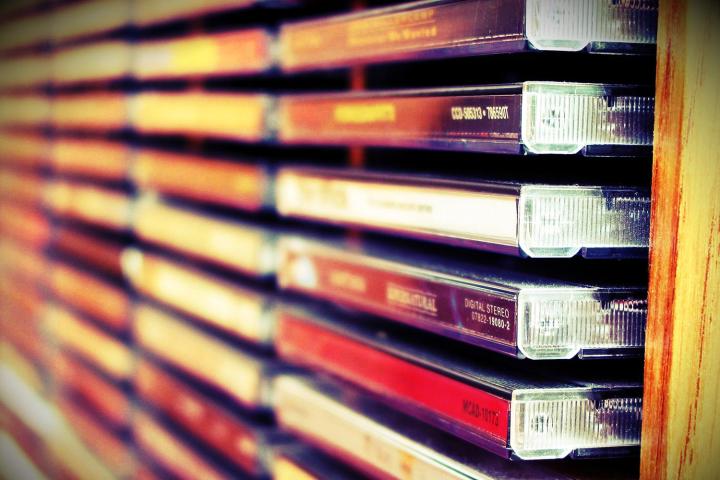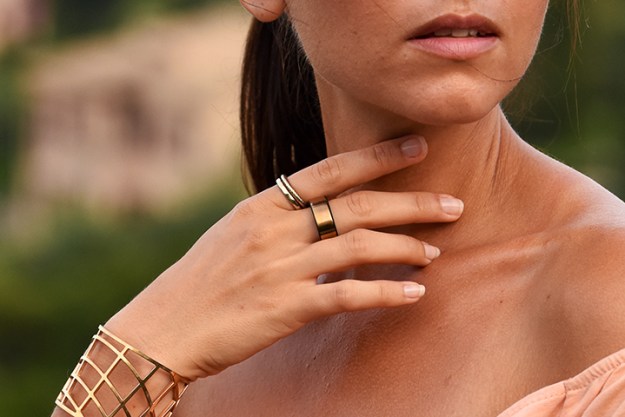
In explaining their results, lead author Dr. Christine Charyton told the BBC, “80 percent of people that have epilepsy have temporal lobe epilepsy, which means that the seizures begin in the temporal lobe.” And as it so happens, she added, “The auditory cortex, where people perceive music and hear sound is in the temporal lobe also.”
Charyton and her team found that epilepsy patients exhibited “significantly higher levels of brainwave activity … when they were listening to music.” And more importantly, “brainwave activity in people with epilepsy tended to synchronize more with the music,” which could help to prevent a seizure from happening in the first place or assist during the course of an ongoing seizure.
While the OSU team didn’t have a particularly large population size to work with (only 21 patients between September 2012 and May 2014 were actually monitored in regard to this particular study), the results are still promising. Said Charyton, “We think that the music may be highly effective. In our study, nobody had a seizure when listening to the music or during the entire study.”
At the very least, there seems to be some consensus that the application of music could prove an interesting avenue to pursue when it comes to seizure treatment. Professor Mark Cook, the president of the Epilepsy Foundation of Victoria, Australia, told ABC News, “A lot of the evidence they’ve collected so far is really around the possibility that it might change seizure activity just because it changes the way brainwaves function, and that’s certainly a good reason to start looking further.”
While this certainly isn’t the first time that the effects of music on the brain have been explored for medical purposes, this additional evidence certainly helps propel the notion that music serves much more than just an aesthetic purpose. And as Professor Cook noted, “… any therapy that doesn’t involve drugs or surgery, something that’s simple and safe like music, is a good thing for patients.”
Editors' Recommendations
- Amazing wearable could detect epileptic seizures an hour before they strike
- There may be frozen water on the moon, new study suggests


